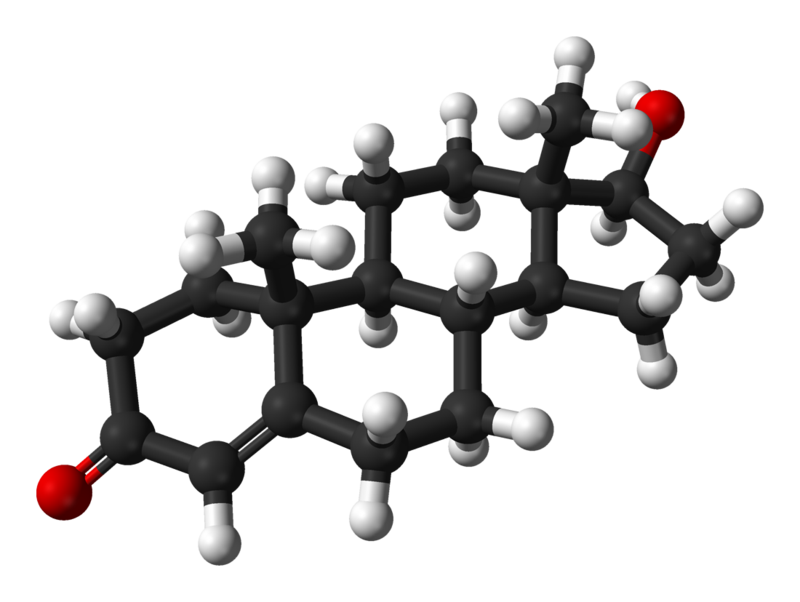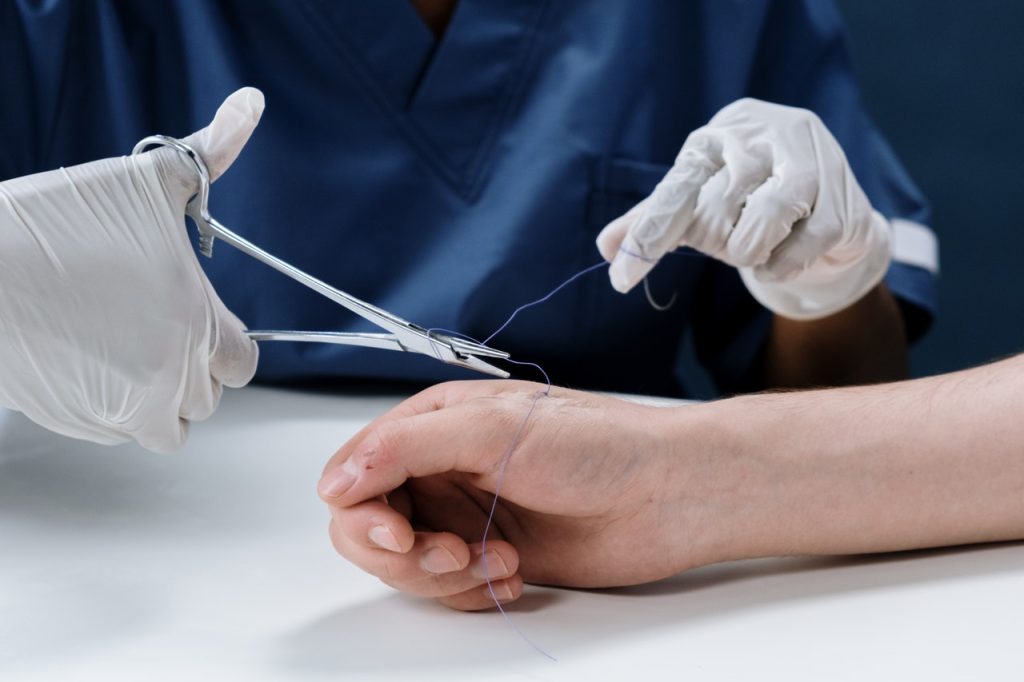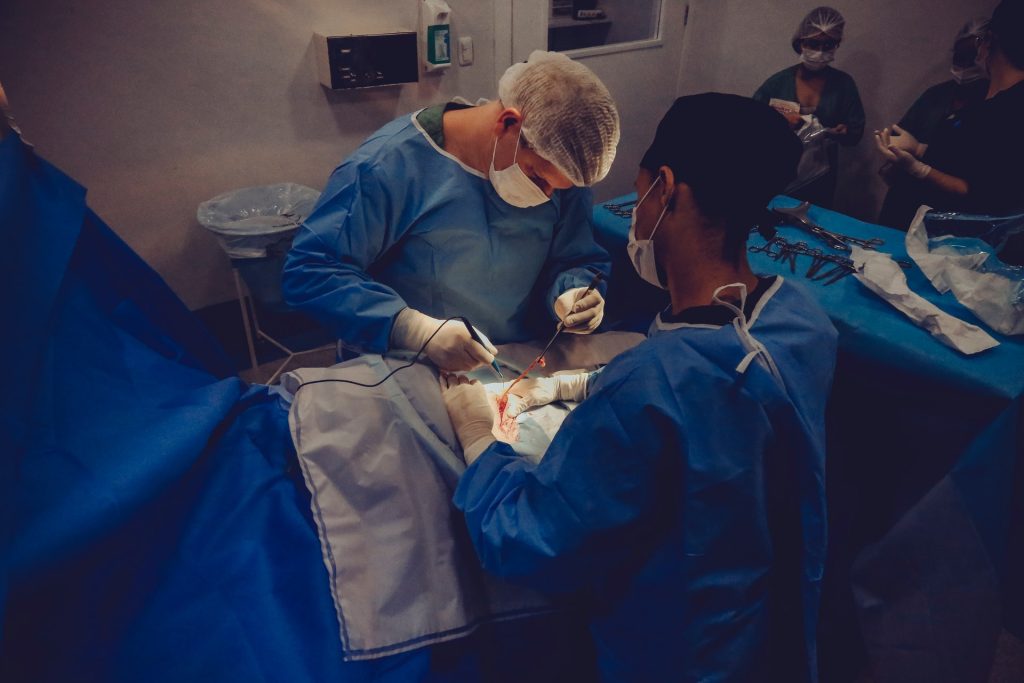A Fourth Wave in the Festive Season?

Health experts are warning that even while the COVID vaccination programme is speeding up, with vaccinations passing the 7 million mark, a fourth wave of infections could still be possible before the Christmas holidays.
The government’s vaccine rollout has been long delayed, including a false start where one million doses of AstraZeneca vaccine were sold on due its inefficacy against the then-dominant Beta variant. Compounded with vaccine hesitancy, it is only now that the vaccination programme is starting to gain ground. Still, many of these in the most vulnerable group are still awaiting their vaccinations.
Back in January, experts were already warning vaccination delays would result in a deadly third wave – a warning that proved all too true.
“It’s a concern to us and we have to get the herd immunity up as fast as possible, and we also have to protect the most vulnerable people in the community. And that’s why we started with the roll out to older people, and not enough have come forward and that’s why we are now messaging the younger population, please bring the elderly amongst your family and your friends, your community, for vaccination,” said Dr Nicholas Crisp of the Department of Health.
Last month, at the Moseneke inquiry into whether elections could be held under lockdown, Wits University vaccinologist Prof Shabir Madhi and the head of the SA National Aids Council, Dr Fareed Abdullah, also expected a fourth wave to arrive later in the year – putting paid to any election plans. The two experts both predicted a fourth wave in later October.
“The peaks are almost six months apart. We don’t know when exactly the third wave will peak, probably over the next few weeks, and we’ll see that six months regularity and if that continues, then we can expect a fourth wave a bit sooner than earlier suggested,” said Prof Madhi.
Professor Francois Venter, director of Ezintsha at Wits health sciences meanwhile, said he expected a fourth outbreak of the coronavirus could hit South Africa around November. Future COVID waves in South Africa hinge on the vaccine rollout – and who is being vaccinated is important, not just how many.
Meanwhile, the Western Cape is experiencing vaccine shortages as cases spike there. The province’s premier David Winde said in a statement: “The fact that there is such enthusiasm to get vaccinated is great news, but we understand it is also very frustrating when it is not possible to be vaccinated as soon as possible.
“The fact that the demand is far outstripping our current supplies means that we are experiencing pressures at some of our sites. We please ask for your patience and understanding.”
Source: Eyewitness News






